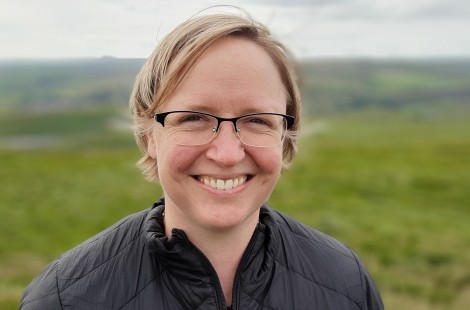
Dr Anna Barford, Bye Fellow in Geography at Murray Edwards College, has been working with Business Fights Poverty on a report on Lifting youth participation through financial inclusion, which has been published today.
Worldwide, there are 1.2 billion young people aged 15 to 24 years, expected to grow to 1.3 billion by 2030. Lower-income economies have a larger share of young people, according to UNDESA and young people have big ambitions. They aspire to have stable families and stable incomes, to invest in their own education and that of their children. For most, their reality is one defined by scarce resources and survival on a portfolio of activities. The decent work deficit in low-income economies means the aspirations of young people too often remain out of reach.
Through their partners, Anna and her colleagues asked young people (aged 15 to 34) in 21 countries about their finances; this included questions about their aspirations and financial health. They also asked about young people’s banking, how confident and informed they feel in accessing financial products and services, and the barriers as they see them.
There are many financial services and products on offer, and the young people surveyed have access to a number of these. More than half (51%) of young people in the survey have a bank account, 44% used mobile money, 43% used electronic payments, and 30% received transaction history and payment statistics—but they also say that they prefer not to use most financial services and products. They told the researchers that this is because what is available does not meet their needs, mainly by being too costly and too far away. In many cases, young people perceive the mix of barriers to be too high to even contemplate accessing and using what is on offer.
Talking about her research, Anna says:
“For many young people in lower and middle income countries, their working lives are characterised by limited finances and scarce job opportunities. Looking at young people’s financial inclusion, we see that many are not particularly interested in loans and credit, especially when this comes with very high interest rates. Instead, there is much more interest in ‘safer’ versions of financial inclusion, specifically insurance and savings mechanisms. Asking what young people want as they enter the world of work, where many find with scarce job opportunities and low incomes, is an important starting point in addressing the serious challenges young people face today.”